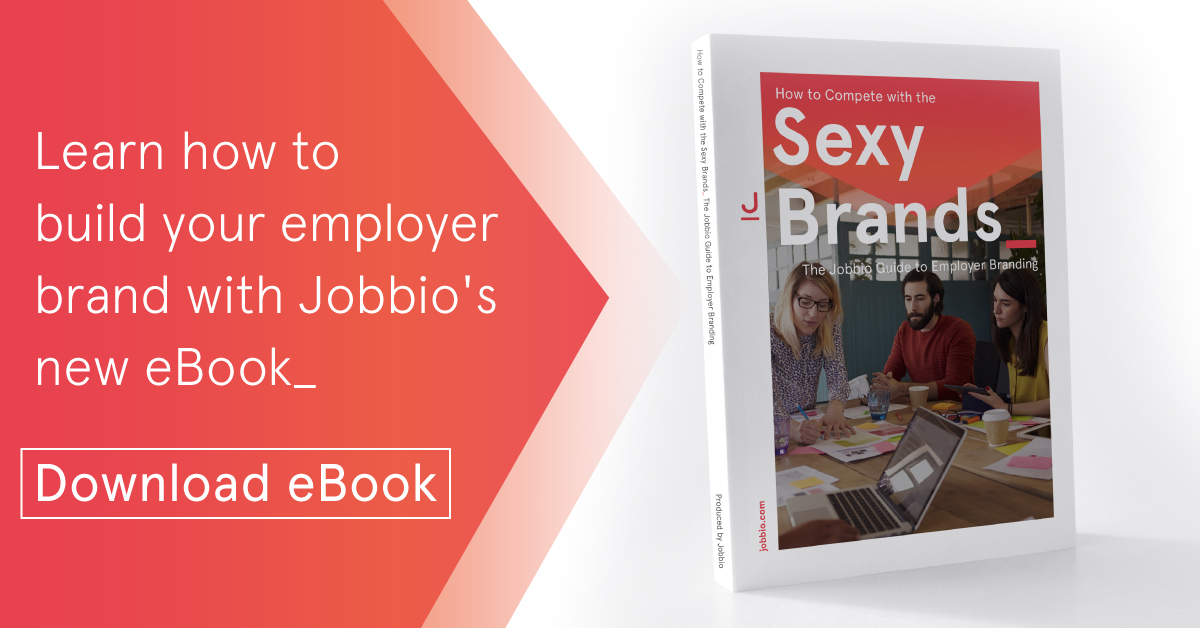Think back to every job you’ve had: it’s a pretty decent bet that there was someone at each of them who always seemed to be super-busy, important––or highly stressed out.
Whether they marched around with a slightly hassled look on their face, or took their lead from George Costanza in Seinfeld (who pioneered acting annoyed to pretend that he was under pressure), or spent all day every day in a meeting room allegedly on video calls, there are many tricks to fooling your colleagues into thinking you’re working hard, while hardly working.
Of course, there are reasons why people do this: it can be because they’re carefully constructing a false narrative about how busy they are so they don’t get asked to do anything else.

Top tip: practice looking worried if you want to be left alone.
After all, if their plate is so full they literally need to power walk about the office with armloads of files looking like the end is coming, then you couldn’t, in good conscience, give them more work to do.
It can also be so that they look like super-effective performers to their peers and bosses and get credit based on that.
Annoyingly effective
This kind of behaviour is annoyingly effective because of the performative showmanship of it. This is what makes most people think that the person is doing the very most, when in fact they’re probably doing a medium amount, at best.
Known as productivity theatre, it’s really common behaviour, according to a study of U.S. workers by analytics provider Visier. Eighty-three percent say they do it, and 43% say they spend more than 10 hours pretending to be busy a week.
One third prioritise tasks based on what will make them look most visible to others (whether that work is actually of value), and 49% do it because they want to be seen as valuable to the business.
Post-pandemic though, work has changed. With more and more companies adopting a hybrid model where workers do some of their week at home and two or three days in the office, fans of productivity theatre have had to come up with a new wheeze.
Say hello to what a recent report has identified as “coffee badging”. A study from Owl Labs has found that more than half (58%) of hybrid employees show their face at the office, swipe in so that their presence is registered, indulge in some watercooler chat (or a quick coffee), and then go right back home.
“The act of going into the office to ‘show face’ for a few hours and then leaving […] is more popular than one might think,” say the report’s authors, In fact, an additional 8% saying they haven’t done it yet––but would like to try it.
Remote show-offs
While you might think that remote working took away much of the performers’ power, they still found ways to show off.
From setting Slack notifications to “in a meeting” or paused (just too busy to answer right now), to getting work done early in the day and spacing the sending of it so it looked like they were consistently engaged in their tasks, there are plenty of ways to appear to be snowed-under.
“While some managers might think that bringing people back to the office may be a solution to improving performance and reducing ‘productivity theatre,’ the opposite might be true,” confirms Andrea Derler, who is Visier’s principal of research.

Want to seem swamped in the office? Just carry a pile of binders and folders around. Simple!
“When we are physically in the same room, there is added pressure to appear busy to our colleagues or manager, even during downtimes, or risk being seen as less productive.”
This visibility paranoia is why we see the rise of new trends such as coffee badging, or as it is also known, office peacocking.
While workers may strut around the office busily shaking their metaphorical tailfeathers, it turns out that companies, in their hurry to get people back to the office, are also indulging in peacocking of a different kind.
Owl Labs’ report identifies the practice as companies trying to lure employees back to the office with nicer environments, equipped kitchens and comfortable furniture.
“Many employers still haven’t yet given up on trying to return to pre-pandemic policies, despite our data showing that many employees will make sacrifices to achieve flexibility in where they work, as 62% would take a pay cut of 10% or more to remain hybrid,” says Frank Weishaupt, CEO of Owl Labs.
So is any of this a good idea? While the data tells us that many office workers are engaging in performative behaviour around their workloads, what Owl Labs has also established is that 62% of those doing it are men, compared to 38% of women.
While peacocks may get away with this for a while, they won’t do so forever. It may not be clear to leadership that this is happening, but colleagues and peers are likely to be highly aware, especially if it is perceived that some workers are getting away with behaviour that isn’t tolerated in other areas of the business.
Working hard to avoid work is the hallmark of a coffee badging office peacock, which means that those who are actually working hard to achieve their KPIs and meet business targets and goals will ultimately be far better prepared to succeed.
Want more like this?
If you enjoyed what you’ve read above, and would like to get original work-related content on your own website, plus the chance to maximise your revenue, contact us now.











